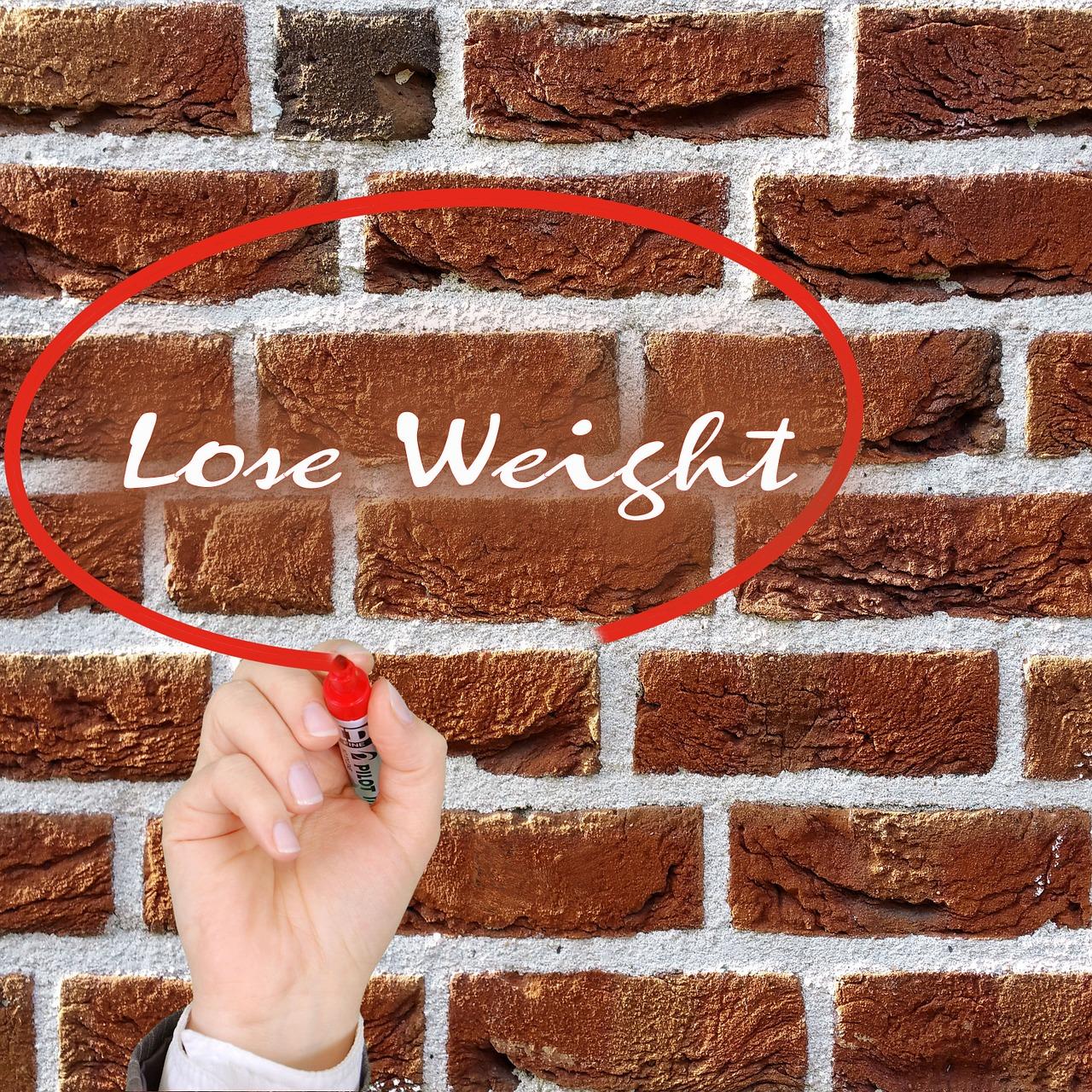In today’s fast-paced world, the quest for a healthier lifestyle often leads individuals down the path of drastic diets and extreme calorie restrictions, which can be both unsustainable and detrimental to overall well-being. However, the notion that slimming down necessitates starving oneself is a pervasive myth that deserves to be debunked. This article explores evidence-based strategies that promote weight loss without sacrificing nutritional health or personal satisfaction. By leveraging a combination of mindful eating, balanced nutrition, and strategic lifestyle adjustments, it is entirely possible to achieve one’s weight loss goals while maintaining energy levels and enjoying a diverse range of foods. Through an analytical lens, we will examine the principles and practices that facilitate sustainable weight management, empowering readers to embrace a healthier approach to slimming down confidently and effectively.
Understanding Your Bodys Nutritional Needs
To achieve sustainable weight loss, it’s crucial to focus on nourishing your body rather than depriving it. Understanding your body’s nutritional needs involves recognizing the balance of macronutrients and micronutrients that fuel your daily activities and support overall health. Macronutrients—carbohydrates, proteins, and fats—are the primary energy sources, each playing a distinct role. Carbohydrates are your body’s go-to energy source, while proteins are essential for muscle repair and growth, and healthy fats support brain function and hormone production. On the other hand, micronutrients like vitamins and minerals, although required in smaller quantities, are vital for immune function, bone health, and energy metabolism.
- Carbohydrates: Opt for complex carbs such as whole grains and legumes to provide sustained energy and fiber.
- Proteins: Include lean meats, fish, eggs, and plant-based sources like beans and tofu to support muscle maintenance.
- Fats: Choose healthy fats from sources like avocados, nuts, and olive oil to promote satiety and heart health.
- Vitamins and Minerals: Ensure a colorful variety of fruits and vegetables to cover a broad spectrum of essential nutrients.
Listening to your body’s hunger cues and maintaining a balanced diet can prevent the common pitfall of undereating while dieting. This approach not only aids in slimming down effectively but also enhances your energy levels and well-being.
Balancing Macronutrients for Optimal Energy
To achieve a healthier physique without feeling deprived, it’s crucial to understand the role of macronutrients—proteins, fats, and carbohydrates—in fueling your body. Each macronutrient serves a unique purpose, and balancing them effectively can lead to sustained energy levels and enhanced metabolic function. Proteins are the building blocks for muscle repair and growth, while fats are essential for hormone production and cell function. Carbohydrates provide immediate energy and are vital for brain function. Striking the right balance among these nutrients ensures that your body operates efficiently and you maintain a steady energy supply throughout the day.
Consider these tips to harmonize your macronutrient intake for optimal energy:
- Incorporate a variety of protein sources such as lean meats, legumes, and nuts to support muscle maintenance and satiety.
- Include healthy fats like avocados, olive oil, and fatty fish to aid in nutrient absorption and reduce inflammation.
- Choose complex carbohydrates such as whole grains, fruits, and vegetables to provide sustained energy and fiber.
By focusing on nutrient-dense foods and tailoring your intake to your individual needs, you can foster a healthy weight loss journey that doesn’t leave you feeling hungry or fatigued.

Incorporating Mindful Eating Practices
Mindful eating is a transformative approach that shifts the focus from restriction to a more intuitive relationship with food. This practice encourages you to savor each bite, leading to greater satisfaction and less overeating. By tuning into your body’s hunger cues, you can differentiate between physical hunger and emotional cravings, ensuring that you eat only when truly necessary.
- Pause and Reflect: Before reaching for a snack, take a moment to assess your hunger level. Are you eating out of habit or boredom?
- Savor the Experience: Engage all your senses while eating. Notice the aroma, texture, and taste of each bite, which can enhance your meal’s enjoyment.
- Slow Down: Eating slowly allows your brain to catch up with your stomach, helping you recognize when you’re full and preventing overeating.
- Eliminate Distractions: Focus solely on your meal without the interference of screens or multitasking, which can lead to mindless consumption.
By integrating these mindful practices, you’ll cultivate a more balanced approach to eating that supports your weight loss journey without the need for deprivation.

Designing a Sustainable Exercise Routine
Building a workout routine that stands the test of time involves more than just the latest fitness craze or a rigid schedule. It’s about finding a balance that aligns with your lifestyle and goals. Here are some key elements to consider when crafting a sustainable exercise plan:
- Variety is Key: Mix different types of exercises such as cardio, strength training, and flexibility workouts to keep things interesting and engage different muscle groups.
- Listen to Your Body: Rest and recovery are as crucial as the workouts themselves. Pay attention to your body’s signals and allow time for rest days to prevent burnout and injuries.
- Set Realistic Goals: Establish achievable milestones that encourage progress without overwhelming you. This approach helps maintain motivation and provides a sense of accomplishment.
- Consistency Over Intensity: A routine that you can maintain consistently is more effective than sporadic, high-intensity sessions. Aim for regular, moderate workouts that fit seamlessly into your weekly schedule.
By focusing on these principles, you can design a routine that not only supports weight loss but also promotes overall health and well-being, allowing you to achieve your fitness goals without feeling deprived or exhausted.
